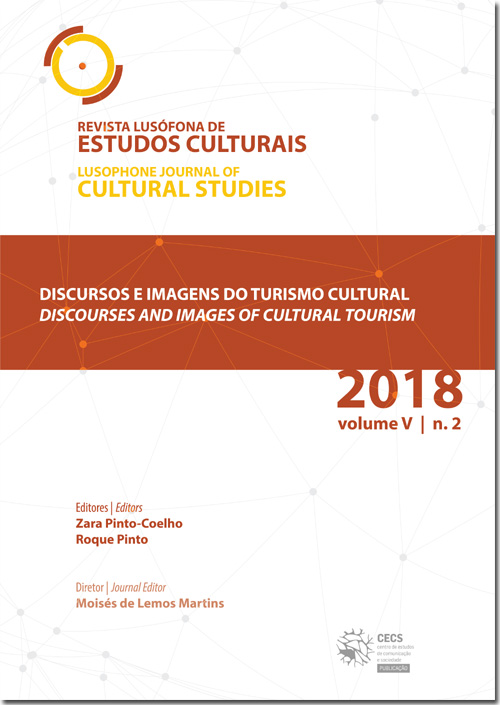Guanabara’s bay fortifications: memory as environmental education for military personnel
DOI:
https://doi.org/10.21814/rlec.361Keywords:
Environmental education, Fort Leme, Guanabara bay fortifications, historical and cultural heritage, preservationAbstract
In its five centuries of history, the process of building Brazil as a nation has left an expressive patrimony where dozens of fortifications are found throughout the Brazilian territory, particularly. Aiming at preserving these architectural ensembles, legal instruments have been multiplying from the organs of public power that are pointing directly towards the preservation of historical-cultural and environmental patrimony. Goal. Using memory as an exercise to build an environmental knowledge (environmental education) by military students who served in the Fort of Leme. Methodology. Effective semi-structured interviews were to lift the process of creating the APA-LEME and revitalizing the degraded surrounding biota, being precursors to the list of more secondary documents that proved to be valuable sources of factual clarification. Results. The experience of didactic use related to Leme’s memory, rescued from the interviews and experiences of the interviewed people, allows a better evaluation of military attitudes of conservation and cataloging of effective military participation in environmental operations. The valorization of the fortress system, an important cultural heritage, corroborates actions aimed at tourism activities, preservation of memory, environmental education and environmentally conscious interventions.Downloads
Download data is not yet available.
Downloads
Published
2018-12-20
How to Cite
Júnior, H. de A., Andrade, T. P. de, & Rosinha, A. E. P. (2018). Guanabara’s bay fortifications: memory as environmental education for military personnel. Lusophone Journal of Cultural Studies, 5(2), 445–. https://doi.org/10.21814/rlec.361
Issue
Section
Varia
License
Authors own the copyright, providing the journal with the right of first publication. The work is licensed under a Creative Commons - Atribuição 4.0 Internacional License.












